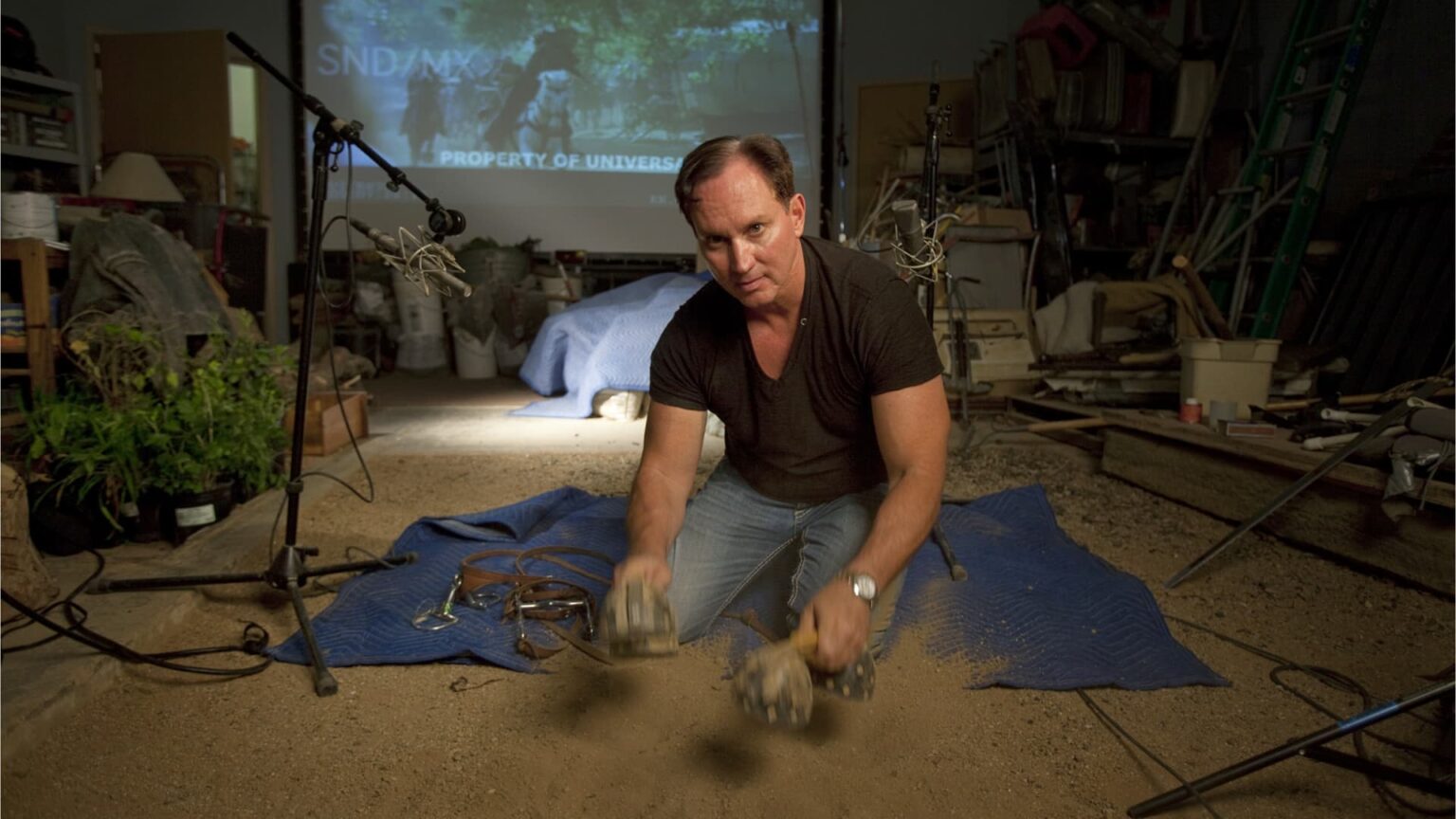The Art of Foley: Behind the Sounds of Cinema
In the heart of Sony Pictures Studios in California, sound artist Gary Hecker demonstrates the intricate craft of Foley—creating sound effects that breathe life into film scenes. His impressive resume includes notable titles such as “Justice League,” “Once Upon a Time in Hollywood,” and the Oscar-winning “Master and Commander.”
Understanding Foley Artistry
Foley art involves the reproduction of everyday sound effects that enhance the auditory experience of film. Whether it’s the sound of leather reins, a swishing cloak, or the iconic “thwip” of Spider-Man’s web, Foley artists work to match sounds to visual stimuli, immersing audiences deeper into the narrative.
“Foley is a key element in this magic trick we do of convincing the audience to believe in the movie they’re watching,” says Rodger Pardee, a professor at Loyola Marymount University. “It’s the sound texture that anchors the sound mix.”
A Historical Perspective
The art of Foley was pioneered by Jack Foley in the 1920s, a time when the film industry was transitioning from silent movies to “talkies.” Early sound technology could not effectively capture dialogue or background noises, necessitating the addition of sound effects post-production. Foley’s live performance technique has since become a standard practice, ensuring that films resonate with authentic soundscapes.
Hecker’s studio is a treasure trove of practical items tailored for sound creation, including over 50 pairs of shoes designed to reproduce different footsteps, and an array of props ranging from kitchen utensils to vintage armor. “The true art of Foley is to master the sound,” he explains. “If I’m doing a small character, like a geisha girl, I have to adjust my approach to match her delicate movements.”
The Collaboration Process
Behind every sound Hecker produces is a meticulous collaboration with sound mixer Jeff Gross. Their partnership flourished during the COVID-19 pandemic while they worked on the sound effects for “Call of Duty: Modern Warfare III.” Since then, they have continued to create soundscapes for various films, notably receiving nominations and awards for their work on “Mufasa: The Lion King” and “Rebel Moon.”
Working on a film typically spans 18 to 20 days. The duo tackles each film by processing six to eight reels, where they synchronize every footstep and ambient noise. “We start with footsteps,” Hecker shares, illustrating how he layers sound effects sequentially to create a cohesive auditory experience.
The Role of Technology and the Future of Foley
As the film industry faces the growing presence of artificial intelligence, many are concerned about its implications for Foley artistry. The nuanced nature of human performance, particularly in sound creation, cannot easily be replicated by machines. While AI tools are being developed to generate Foley sounds, experts, including Pardee, argue that these technologies often lack the subtlety and variation inherent to human-created sounds.
“Actors’ performances, between motion and detail, AI can’t do that,” Hecker emphasizes. “An artist expresses themselves by acting and performing these things with emotion to it, things that I don’t think AI will be able to reproduce.”
Challenges and Changes in the Industry
Despite the advancements in technology, Hecker and Gross are not profoundly concerned about job displacement. Their primary worry lies in the industry’s current direction; fewer films are being made, which impacts the demand for Foley work. They usually manage 10-11 projects each year, but in recent times, this volume has decreased due to industry shifts toward larger franchise films and budget constraints in streaming productions.
Hecker, affectionately dubbed “Wrecker” for his physical commitment to sound creation, reflects on the essence of Foley: “I would do anything to get a sound.” His dedication to crafting authentic soundscapes ensures the continued relevance and importance of Foley artistry in the ever-evolving landscape of filmmaking.
Conclusion
Foley artistry remains a vital and human component of film production. As technology evolves, the craft persists, continually adapting while enriching the cinematic experience. Gary Hecker and his team exemplify the creativity and commitment that keep the magic of sound alive in Hollywood.
